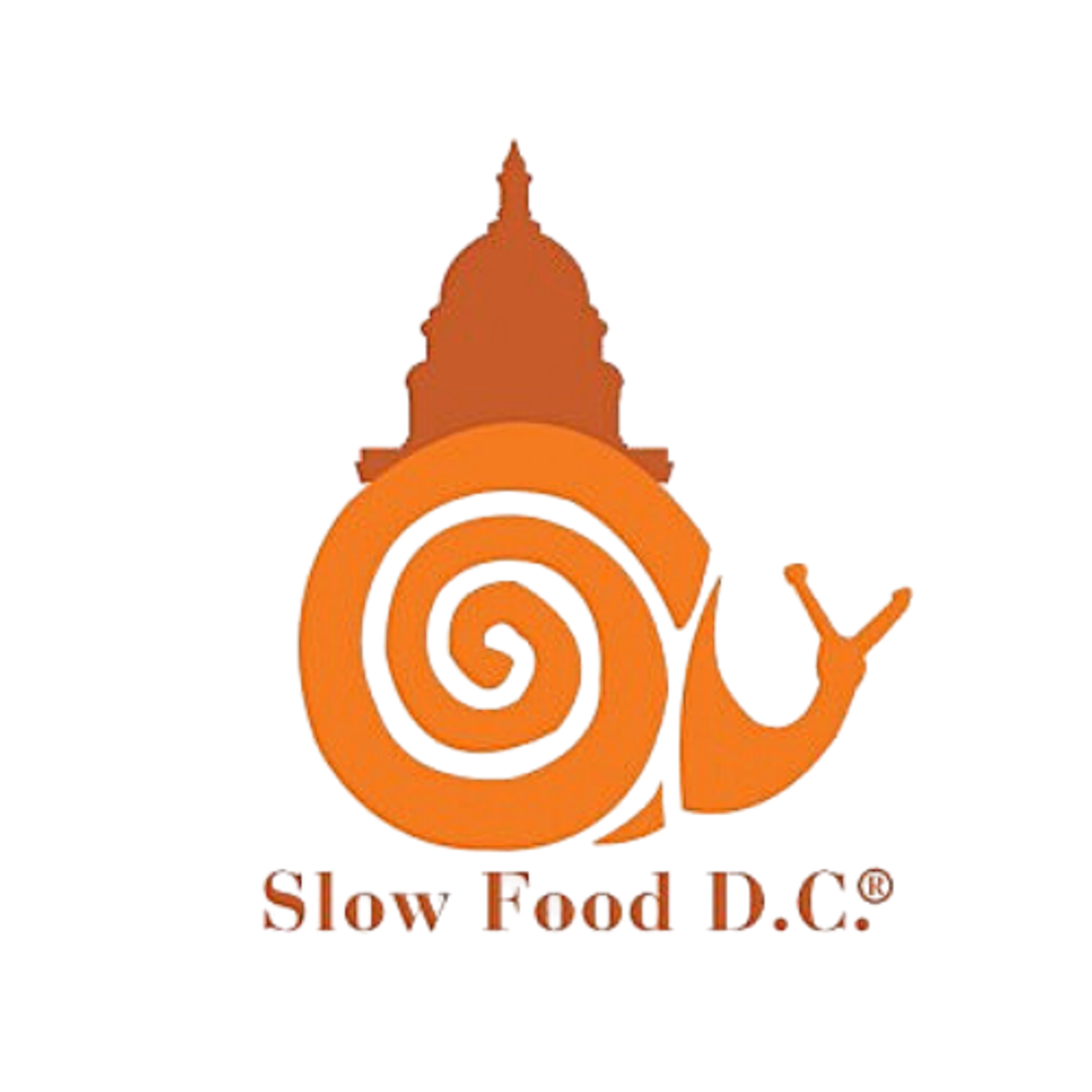What Does "Sustainable" Wine Mean?
Many of us want to be more thoughtful food and beverage consumers, but what does that mean in terms of wine?
On Sunday, June 23, Slow Food DC supporters gathered at DC’s only natural wine bar Dio – owned by Stacey Khoury-Diaz – for an in-depth look at what “sustainable” practices mean in the wine industry from winemaker and owner Jason Murray of Arterra Wines in Delaplane, VA.
We want to feel good about purchasing products that are labeled “sustainable” or “organic” but in reality, the resources and practices that go into these products don’t always match our perception of what those terms mean. Like any business, winemakers seek efficiency in their production processes to reduce costs and as a result, they may employ practices that in the consumer’s mind, would not be considered “sustainable,” but are still allowed under current regulations.
This could mean using non-reusable plastic sheeting in the vineyard for more effective watering. It could mean spraying the grapes with a copper solution to control fungi that might destroy the crops. It could also mean introducing mechanization in the vineyards to more efficiently manage many acres of grapes, at the expense of local jobs. Jason challenged attendees to consider whether any of these practices would meet our definition of "sustainable," as well as to consider the long-term impact of overall vineyard practices on the environment and our health.
Jason also questioned the value of certain certifications, pointing out that many top producers in the Europe and the United States are practicing organic but don’t advertise this fact, because some consumers associate the label with lower quality wines. Additionally, attaining these certifications can be too time consuming and expensive for smaller producers. It’s even more confusing for consumers when large, commercial producers use terms like “organic” or “sustainable” to broaden their appeal, rather than because they've invested in long-term sustainability.
Consumers are generally less critical of what goes into wine production because the assumption is, wine is just made of grapes. In the United States, winemakers are not required to list the ingredients or nutritional values on their labels because wine is classified as an agricultural product and not as a food or beverage, regulated by the U.S. Food and Drug Administration. But in many instances, winemakers can legally use certain additives to correct challenges in the vineyard or the winemaking process.
Jason emphasized that in order to make truly sustainable products, a winemaker must grow and use grapes that are suited for the local climate and soil of the region. This helps the winemaker avoid having to take corrective measures during the winemaking process, such as augmenting grapes that haven't fully ripened.
For Arterra Wines, it’s vital to have the conversation about what is working for agriculture in our climate and what is not. Even if producers are not able to produce a quality, consistent wine with full organic methods right from the start, that doesn’t mean it’s not helpful to try. From Jason’s perspective, the point is to have confidence and transparency in production methods, and to produce clean wines; as noted above, it’s not always a guarantee that a wine is clean just because it has organic label.
But there is also a marketing challenge for winemakers – if Cabernet Sauvignon is popular, will customers recognize and purchase a wine made less well-known grapes, such as Viognier, which grows well in Virginia? Small winemakers must also consider the stiff competition that comes from large producers benefiting from economies of scale. Because they produce more, big producers can sell wine at a much lower price, sometimes falsely co-opting terms like “sustainable” or “organic.”
Conscientious consumers should remember that the many resources needed to produce a bottle of wine are magnified for a small producer, which ultimately, affects the price we pay at the store. Labor costs for hand-managing vineyards instead using machines, for example, will exponentially raise costs but also, provide livelihoods and support a more diverse local economy. In the United States, farming has one of the highest poverty rates of any profession and helping farmers succeed economically may not always match what consumers can afford.
To illustrate his points, Jason guided us through a tasting of five sustainably produced wines from Maryland (Old Westminster Winery), New York (Liten Buffel), California (Amplify Wines), and Virginia (Arterra Wines). For his own wines, Jason explained that his goal is to make clean and distinctive Virginia wines that represent the unique character of the region. This means planting grape varieties that grow well in this region’s climate, such as Petit Verdot and Viognier, as well as using native yeasts.
Until we can have more confidence in labeling terms, the best way to know what really goes into your wine is to get to know your local producers, and to find out what practices are used in the vineyard and in the winemaking process. Websites are handy but also, a good old-fashioned phone call can do the trick! And if you have the time, a day-trip to one of Virginia’s or Maryland’s wineries is a great way to get some additional knowledge.
We want to extend a huge thank you to Jason and Stacey for hosting this discussion and tasting, which we hope is just the start of this conversation! Join us for our next “Summer of Sustainable Beverages” event on July 28 with Snail of Approval winner One Eight Distilling.

